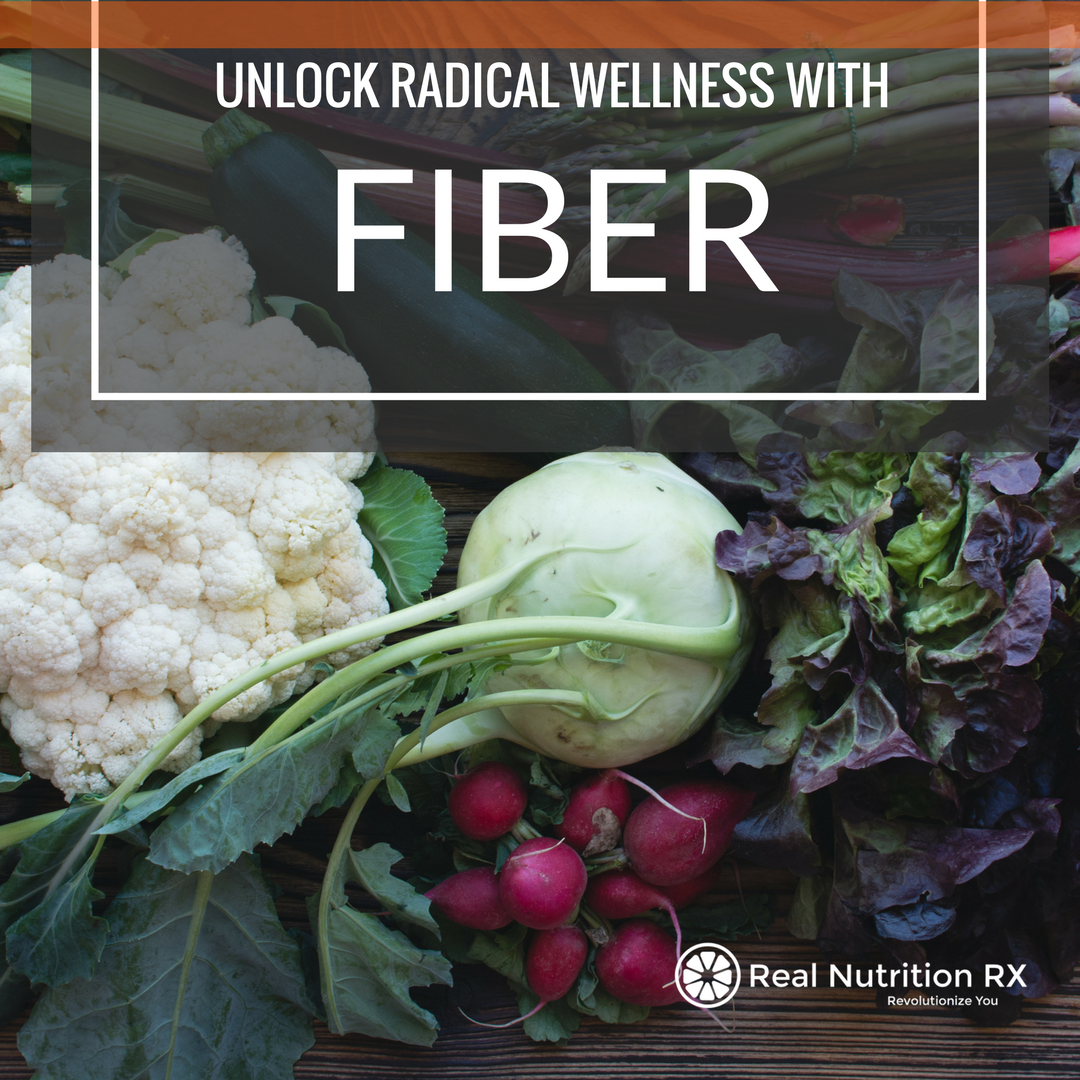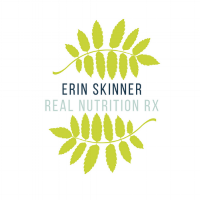The Health Benefits of Fiber from a Registered Dietitian

What if you could have easy, inexpensive access to something that would greatly reduce your risk of type 2 diabetes, cardiovascular disease, stroke, and bowel cancer? Oh, and it would help you lose weight, and it would improve your digestion. Would you be interested? If so, then you’re in luck – dietary fiber provides all of these benefits.
Unfortunately, most adults in the modern world (72% of men and 87% of women) aren’t reaping the full benefits of dietary fiber. The UK government recommends 30g/day and the Institute of Medicine recommends 25 grams for women and 36 grams for men. Hunter-gatherer tribes average over 100 gram/day of fiber. Yet, ‘modern’ adults only consume an average of 15 grams, less than what is needed for even a 6-year old.
In fact, most children also fall short. Children should consume 15g/day at ages 2-5 years, but consumer 11g on average. They should consume 20g/day at ages 5-11 years, but consume 14 grams on average. Children should consume 25g/day at ages 11-16 years, but actually consume 14 grams.

So, if you’re interested in improving your health (and that of your children), it’s important to focus on your fiber intake. The first step is to understand what it is. There are actually quite a few different types of fiber; they are a family of carbohydrates that are complex, large molecules (as opposed to the small molecules that make up sugar carbohydrates).
Some forms of fiber the insoluble type. Insoluble fiber cannot be broken down at all by our digestive system and, thus, it provides important bulk to our digestive contents, improving digestion and satiety (read: helps us eat less). The other type is called soluble fiber, and it dissolves in water. It survives undigested until it reaches our colon, where the bacteria there break it down and digest it. Thus, it nourishes our microbiome, the important bacterial colony in our colon that is essential for health. It also literally binds cholesterol and carries it out of our bodies; reducing cardiovascular disease risk in the process.
It’s important to consume both types of fiber and, really, many foods provide a combination of both. So, consuming a variety of fiber-containing foods is important. These include ample quantities of both starchy and non-starchy vegetables as well as fruit, legumes, and nuts. Unlike many recommendations you may have heard, I don’t advise trying to get your fiber from whole grains. Grains are problematic for a number of reasons, and it’s completely possible to meet your fiber intake with more nutrient-rich foods. Specifically, many people fall short of the recommended 5 servings per day of fruit and vegetables, so that is a great place to start. If you can get to 9 servings per day, even better.
Because of the satiating nature of high-fiber foods, the only realistic way to attain the 30g/day recommendation is to spread them across the day. So, make sure to include some fiber at each meal and snack! Refined carbohydrates (made with white flour and/or sugar) are usually low in fiber; they take up space in your diet where you could have added fiber, so make a switch! It’s also important to increase fiber slowly, so that your digestive system can adjust. Finally, I find that many people overestimate their fiber intake. So, I recommend tracking your intake for approximately a week. A free food tracker like MyFitnessPal works beautifully for this.
As a final note, if you have a digestive condition such as IBS, IBD, SIBO, diverticulitis, reflux, or GERD, you may struggle with increased fiber intake; you may need to eat only certain types of fibers while avoiding others. One therapeutic diet incorporating this approach is a low-FODMAP diet. A qualified Registered Dietitian can help you find a diet that provides sufficient dietary fiber, but that does not aggravate your symptoms. They may even be able to help you treat the underlying cause of your digestive symptoms, so that you can better tolerate fiber. Feel free to contact me if you have questions about therapeutic diets and integrative therapies for gastrointestinal conditions.
Warm wishes,

P.S. Looking for a diet that improve syour digestive symptoms but that includes enough dietary fiber? Give the low FODMAP diet a try for FREE without having to learn it. Just grab my ‘IBS Flare Fixer’ meal plan HERE and give it a try!
References:
- British Nutrition Foundation. Dietary Fibre.Available at: https://www.nutrition.org.uk/nutritionscience/nutrients-food-and-ingredients/dietary-fibre.html (Accessed: 15 March 2017).
- NHS Choices (2015) Why is fibre important?Available at: http://www.nhs.uk/chq/pages/1141.aspx?categoryid=51 (Accessed: 15 March 2017).
- NHS Choices (2015) How to get more fibre into your diet. Available at: http://www.nhs.uk/Livewell/Goodfood/Pages/how-to-get-more-fibre-into-your-diet.aspx (Accessed: 15 March 2017).
